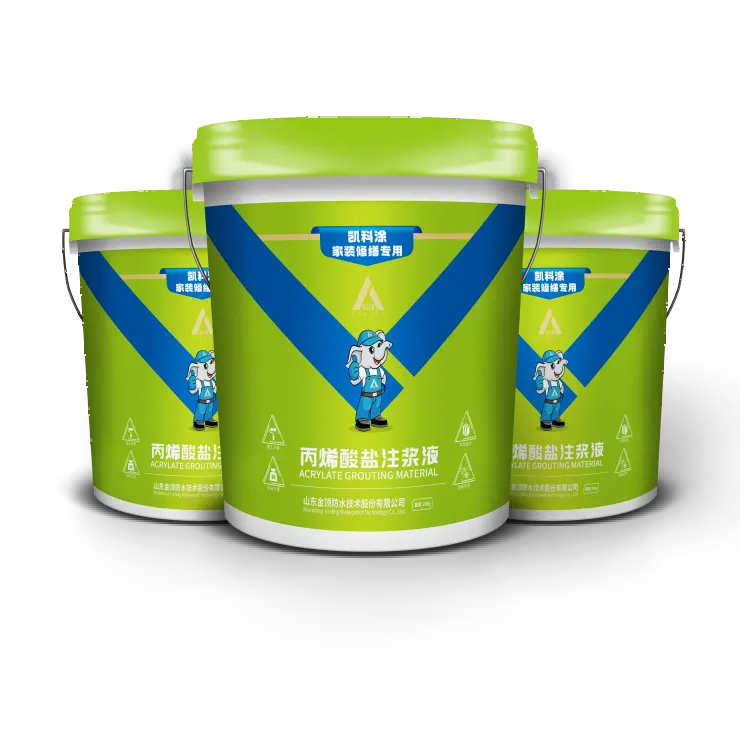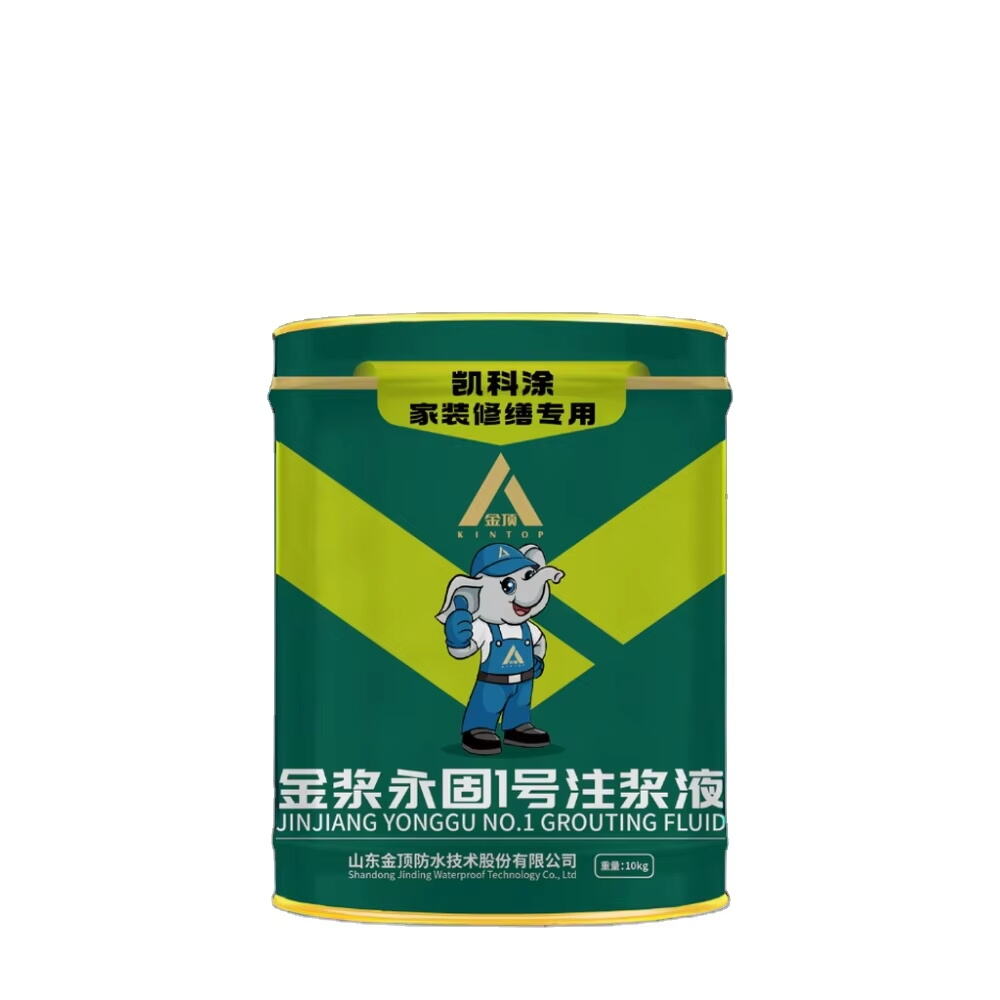Understanding the Revolutionary Impact of Polyurea Surface Protection
The construction and maintenance industry has witnessed a significant transformation with the advent of polyurea coating technology. This innovative surface protection solution has revolutionized how we preserve and extend the life of various structural elements, particularly floors and walls. By forming an exceptionally durable protective layer, polyurea coating creates an impenetrable barrier against wear, chemicals, and environmental factors that typically contribute to surface degradation.
Modern infrastructure faces constant challenges from heavy foot traffic, chemical exposure, and environmental stresses. Polyurea coating has emerged as a superior solution, offering unprecedented protection while significantly reducing maintenance requirements and extending the serviceable life of treated surfaces. This advanced coating system has gained widespread adoption across industrial, commercial, and residential applications, proving its versatility and effectiveness in various environments.

The Science Behind Polyurea Coating Technology
Chemical Composition and Formation Process
Polyurea coating is formed through a sophisticated chemical reaction between isocyanate and resin blend components. This reaction occurs rapidly upon application, creating a robust molecular structure that bonds exceptionally well with properly prepared surfaces. The resulting coating exhibits remarkable physical properties, including high tensile strength, excellent elasticity, and superior adhesion to various substrates.
The unique chemistry of polyurea enables it to cure rapidly, often within seconds of application, allowing for quick return to service of treated areas. This rapid curing process occurs independently of ambient temperature and humidity conditions, making it highly practical for diverse application environments.
Superior Physical Properties and Performance Characteristics
The exceptional durability of polyurea coating stems from its unique molecular structure. The coating demonstrates outstanding resistance to impact, abrasion, and puncture while maintaining flexibility that allows it to accommodate substrate movement without cracking or delaminating. These properties make it particularly effective for protecting surfaces subject to heavy use or extreme conditions.
Furthermore, polyurea coating exhibits excellent chemical resistance, protecting surfaces from exposure to harsh substances including acids, bases, and solvents. Its seamless application creates a waterproof membrane that prevents moisture penetration, effectively protecting against water damage and corrosion.
Protection Mechanisms and Durability Benefits
Barrier Protection Against Environmental Factors
Polyurea coating creates an impermeable barrier that shields surfaces from environmental aggressors. This protection extends to UV radiation, extreme temperatures, and varying weather conditions. The coating's ability to maintain its physical properties across a wide temperature range ensures consistent protection throughout seasonal changes.
The seamless nature of polyurea application eliminates weak points and potential entry routes for moisture and contaminants. This comprehensive protection significantly reduces the risk of water infiltration, freeze-thaw damage, and chemical attack that can compromise surface integrity.
Impact on Structural Longevity
By preventing deterioration factors from reaching the substrate, polyurea coating substantially extends the service life of treated surfaces. The coating's ability to bridge minor cracks and accommodate structural movement helps maintain surface integrity over time, reducing the need for repairs and replacements.
The long-term cost benefits of polyurea coating become evident through reduced maintenance requirements and extended renovation intervals. Facilities protected with polyurea coating typically experience significantly lower lifecycle costs compared to those using conventional protection methods.
Application Considerations and Best Practices
Surface Preparation Requirements
Successful polyurea coating application begins with proper surface preparation. This crucial step involves thorough cleaning, repair of any existing damage, and creation of an appropriate surface profile to ensure optimal adhesion. Professional contractors employ specialized equipment and techniques to achieve the required surface conditions.
The importance of moisture control and temperature management during preparation cannot be overstated. Proper environmental conditions must be maintained to ensure the coating system performs as intended and achieves maximum durability.
Professional Installation Techniques
Application of polyurea coating requires specialized equipment and trained personnel. The rapid cure rate necessitates precise mixing ratios and application techniques to achieve optimal results. Professional contractors use high-pressure spray equipment designed specifically for polyurea application, ensuring consistent coverage and proper film thickness.
Quality control measures during installation include continuous monitoring of environmental conditions, material temperature, and application parameters. These controls help ensure the coating system develops its full protective capabilities and provides maximum service life.
Maintenance and Long-term Performance
Routine Care and Cleaning Protocols
While polyurea coating significantly reduces maintenance requirements, proper care ensures optimal long-term performance. Regular cleaning using appropriate methods and materials helps maintain the coating's protective properties and appearance. Simple maintenance routines can prevent the accumulation of contaminants that might otherwise affect coating performance.
The high chemical resistance of polyurea coating allows for the use of various cleaning agents without risking damage to the protective layer. However, following manufacturer-recommended cleaning protocols helps preserve the coating's integrity and appearance over time.
Performance Monitoring and Preventive Maintenance
Regular inspection of polyurea-coated surfaces helps identify and address any issues before they develop into significant problems. Monitoring for signs of wear or damage allows for timely touch-up applications that maintain the protective barrier's integrity. This proactive approach helps maximize the coating system's service life and maintain its protective capabilities.
Documentation of maintenance activities and periodic professional assessments can help optimize the coating's performance and plan for future maintenance needs. This systematic approach ensures the continued effectiveness of the polyurea coating system throughout its service life.
Frequently Asked Questions
What is the typical lifespan of polyurea coating on floors and walls?
Properly installed polyurea coating typically lasts 15-20 years or more, depending on use conditions and maintenance practices. Industrial applications may see shorter lifespans due to heavy use, while residential applications often exceed these estimates.
Can polyurea coating be applied over existing surface treatments?
While possible in some cases, successful application over existing coatings requires thorough assessment and proper surface preparation. Professional evaluation is necessary to determine compatibility and required preparation methods.
How soon can a surface be used after polyurea coating application?
One of the major advantages of polyurea coating is its rapid cure time. Most applications can support foot traffic within 1-2 hours and full service loads within 24 hours of application, though specific return-to-service times may vary based on environmental conditions and application requirements.

